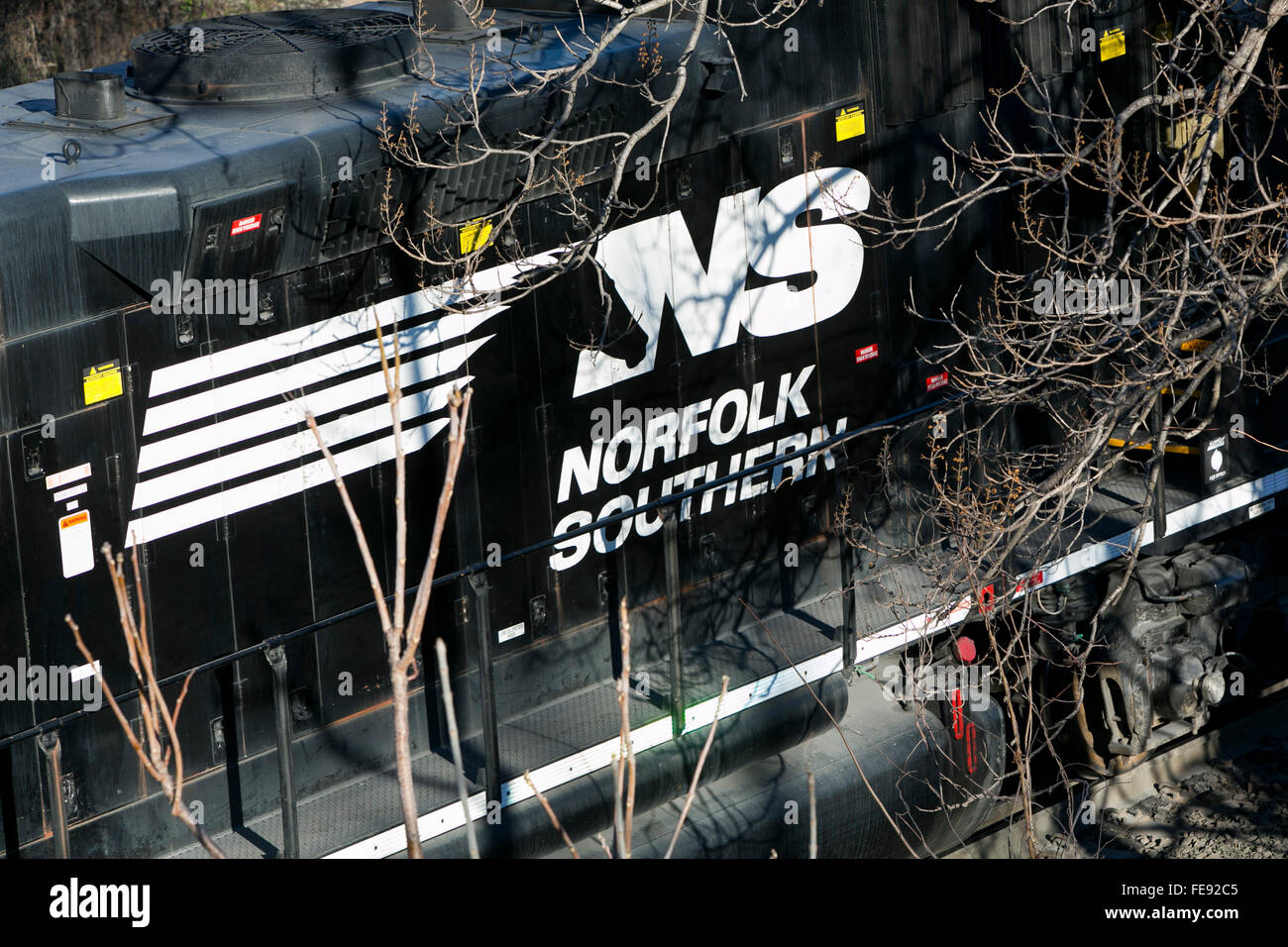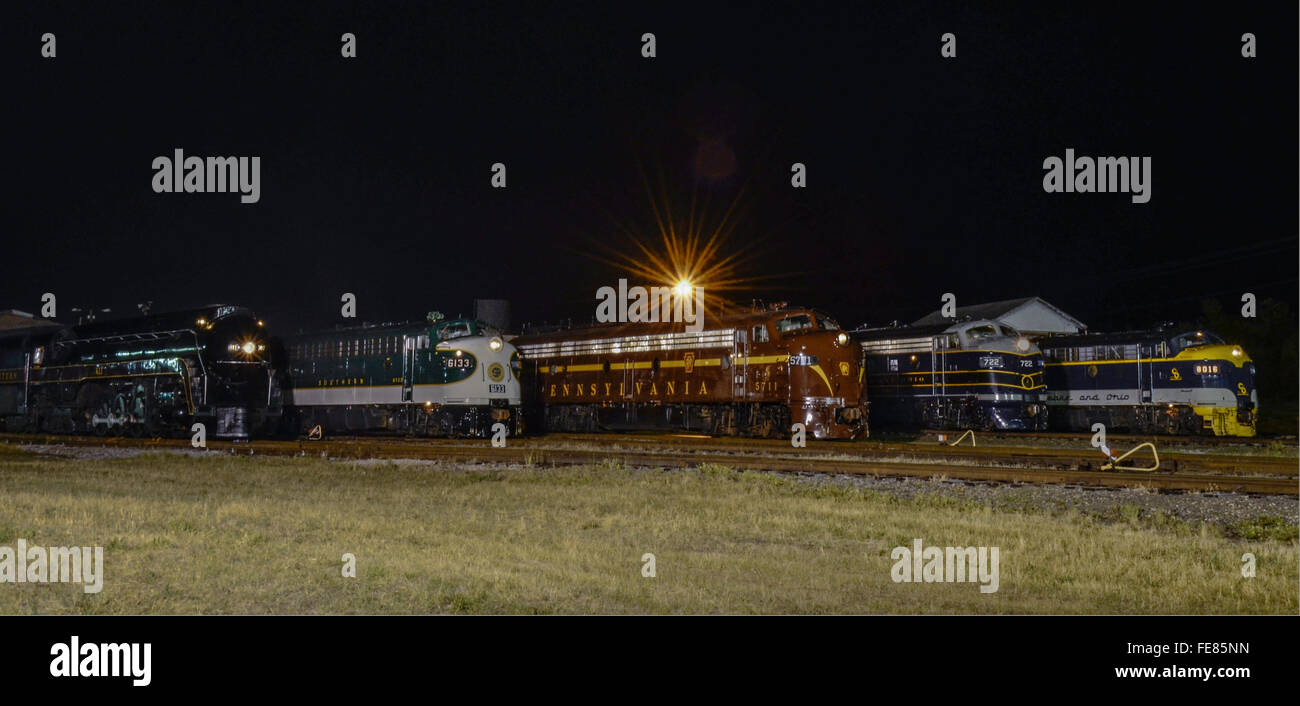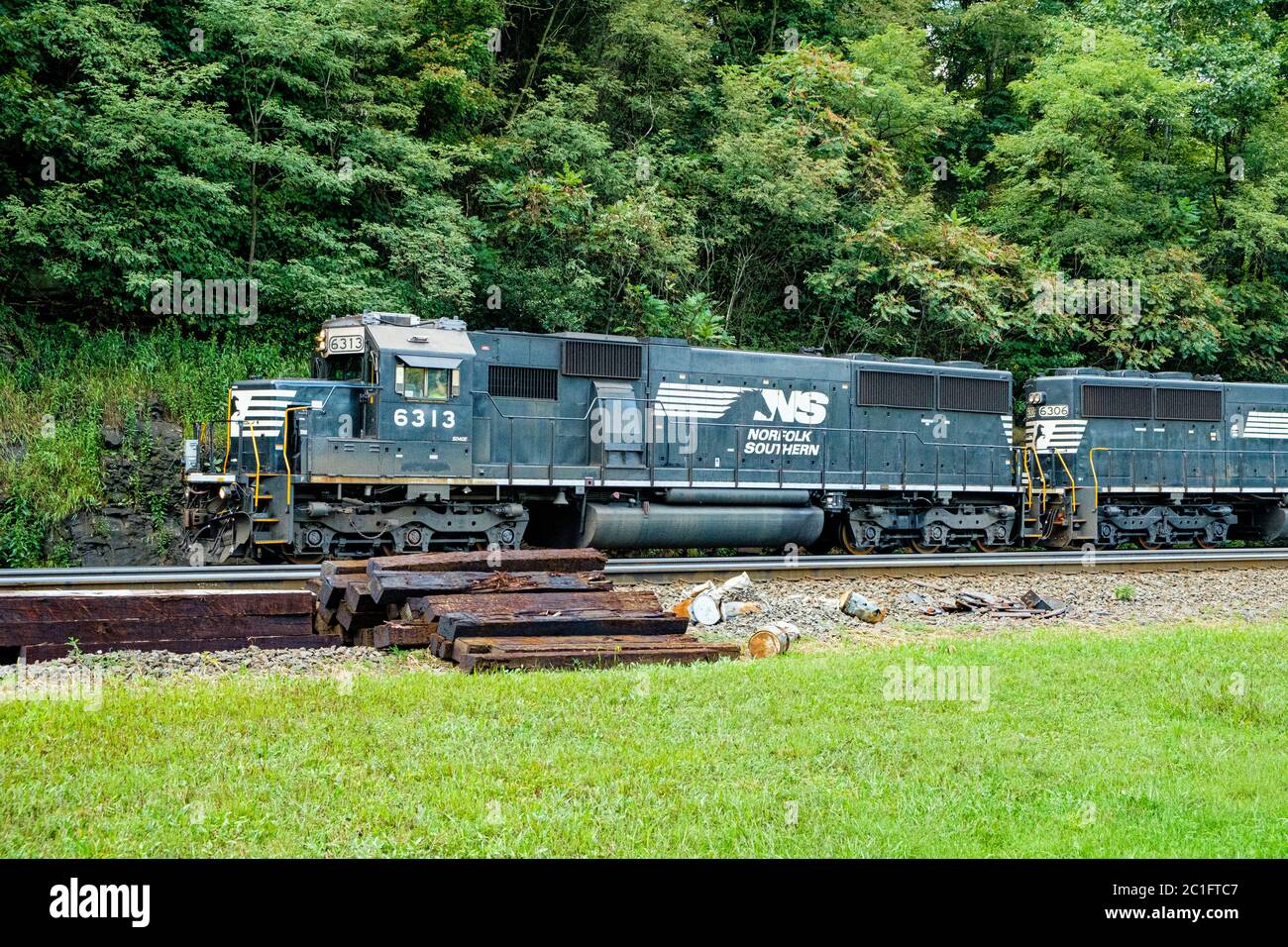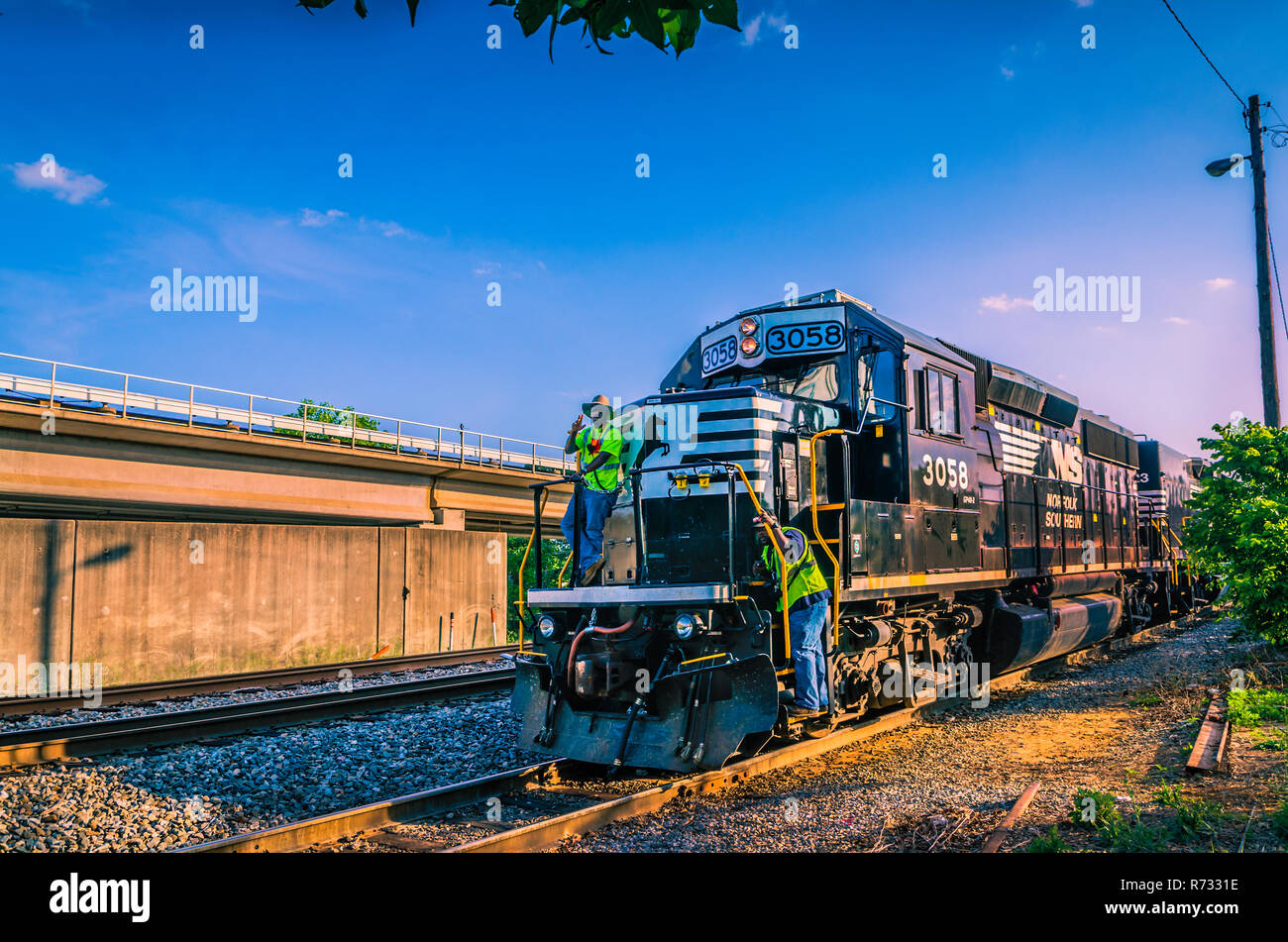
The local investors in railroads expected to ship agricultural products east to the port city, and send manufactured goods west on the return trip.


Maximizing traffic to a particular port, and stimulating business and profits in that port city, was the primary objective. Maximizing traffic on the lines to make the railroad corporation profitable was not the priority. There were few connections between railroads. Rivalry between the cities was reflected in the routes of the lines, which typically carried freight from the Piedmont and valleys west of the Blue Ridge to just one port. Through the Board of Public Works, the state would subsidize 40-60% of the cost of constructing new turnpikes, canals, and railroads.īefore the Civil War, the funding and initiative to build the Orange and Alexandria, Virginia Central, Norfolk and Petersburg, Petersburg, Portsmouth and Roanoke, and other railroads was locality-based. Sectional competition between Virginia's major port cities at Alexandria, Fredericksburg, Richmond, Petersburg, and Norfolk/Portsmouth shaped construction of Virginia's transportation network. Three factors shaped the routes of railroads across the Blue Ridge and through the Shenandoah Valley - funding, topography, and a source of enough freight traffic to justify the funding required to conquer the topography.

Source: US Geological Survey (USGS), National Map The Norfolk Southern track in the Shenandoah Valley is located east of Massanutten Mountain, linking Front Royal with Waynesboro - not on the western side of Massanutten through Harrisonburg - because iron furnaces in the Page Valley were expected to provide business for the original Shenandoah Valley Railroad

Railroads of the Shenandoah Valley - and Why Isn't Harrisonburg on the Main Line? Railroads of the Shenandoah Valley - and Why Isn't Harrisonburg on the Main Line?


 0 kommentar(er)
0 kommentar(er)
